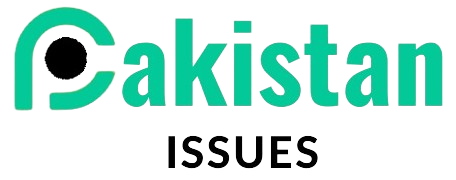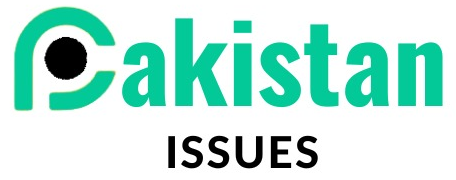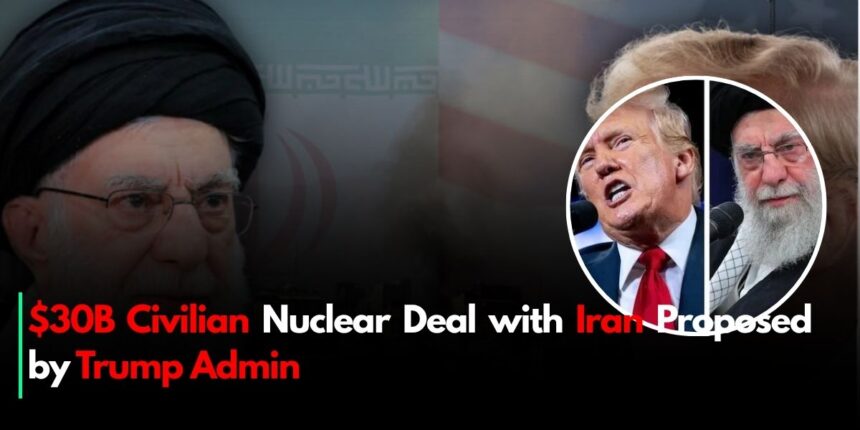In a surprising twist to ongoing U.S.–Iran diplomacy, reports emerged that the Trump administration is considering a massive $20–30 billion investment in Iran’s civilian nuclear energy sector. The proposal aims to rebuild nuclear facilities—such as Fordow—and offer Iran economic incentives in exchange for dropping uranium enrichment, according to sources cited by CNN.
Deal Overview
Central to the plan is the creation of a non-enrichment nuclear program modelled after the United Arab Emirates. Iran would receive foreign-supplied low-enriched uranium for electricity production, while forgoing any domestic nuclear fuel production. Gulf states—in collaboration with U.S. diplomats—would finance construction, potentially repurposing bomb-damaged facilities like Fordow.
Additional elements include:
- Sanctions relief and access to approximately $6 billion in frozen overseas assets.
- Construction of new civilian nuclear facilities not capable of enabling weapons proliferation
Trump’s Dismissal
President Trump publicly dismissed the proposal as a “HOAX,” posting on Truth Social that “Who in the Fake News Media is the SleazeBag saying that ‘President Trump wants to give Iran $30 Billion’… Never heard of this ridiculous idea” His harsh dismissal contrasts sharply with quieter diplomatic dialogues led by envoy Steve Witkoff, who continues to pursue a feasible framework.
Diplomatic Context
This overture follows recent U.S.–Iran indirect talks, which aim to ease nuclear tensions. The proposal emerged just before U.S. “bunker-buster” strikes on Iran’s enrichment plants in Fordow, Natanz, and Isfahan—moves that Tehran says delayed its program by months.
Trump also announced a temporary ceasefire between the U.S. and Iran, shepherded by Gulf intermediaries—a timely catalyst for progressing civilian nuclear negotiation
Iran’s Reaction and Obstacles
Despite outreach, Iran remains cautious. Supreme Leader Ayatollah Khamenei has rejected talks that threaten Iran’s nuclear sovereignty, while Parliament recently moved to halt cooperation with IAEA inspectors. Tehran continues to enrich uranium up to 60%, inching closer to weapons-capable levels, which draws deep concern from global monitors
Analysts highlight systemic barriers: U.S. Gulf partners would finance the deal—not Washington directly—as Tehran insists on enrichment rights and doubts Gulf countries’ motives .
Why It Matters
A civilian nuclear deal structured around non-enrichment could shift the diplomacy over Iran’s nuclear trajectory. It aims to satisfy energy needs while easing proliferation fears. Yet, critics warn that the proposal rests on fragile trust among GCC states, Iranian leadership, and U.S. lawmakers—or could be undermined by inconsistent messaging from Trump himself .
Looking Ahead
With indirect diplomacy continuing, the Gulf-led investment model remains speculative but plausible. The deal’s success hinges on Tehran accepting non-enrichment terms, lifting sanctions, and permitting transparent oversight—while U.S. domestic political support must also align.
Either way, the shift from military strikes to diplomatic incentives marks a notable evolution in U.S. policy—and offers a potential pathway to peacefully stabilize Iran’s nuclear future.








